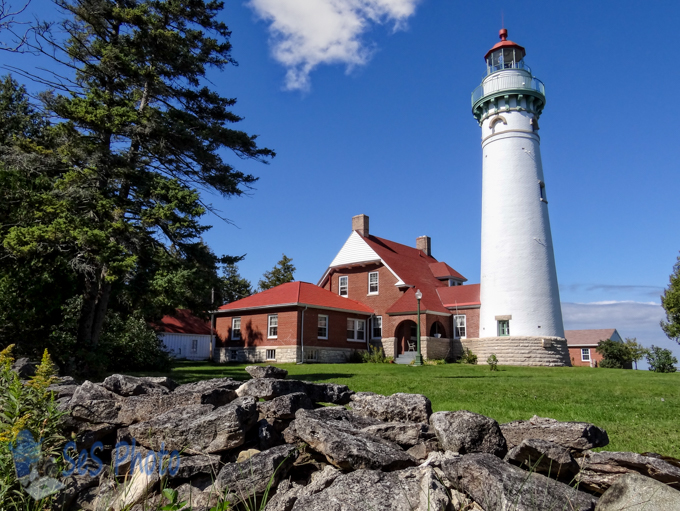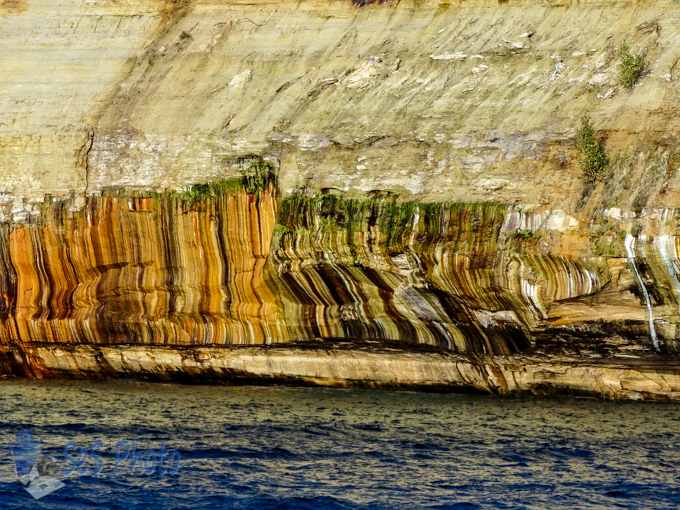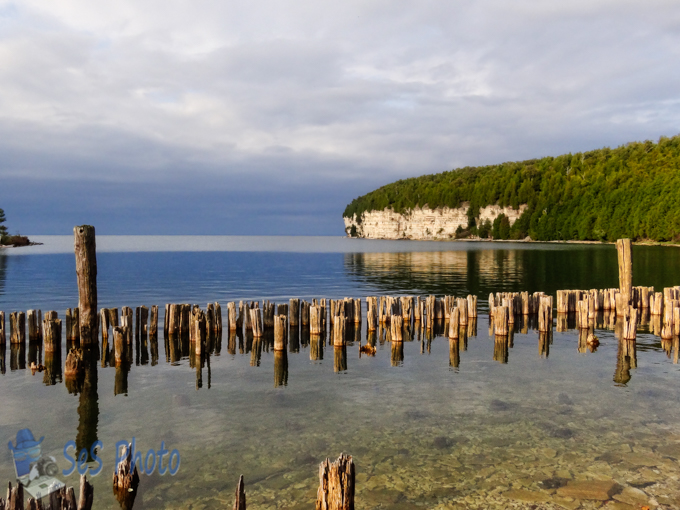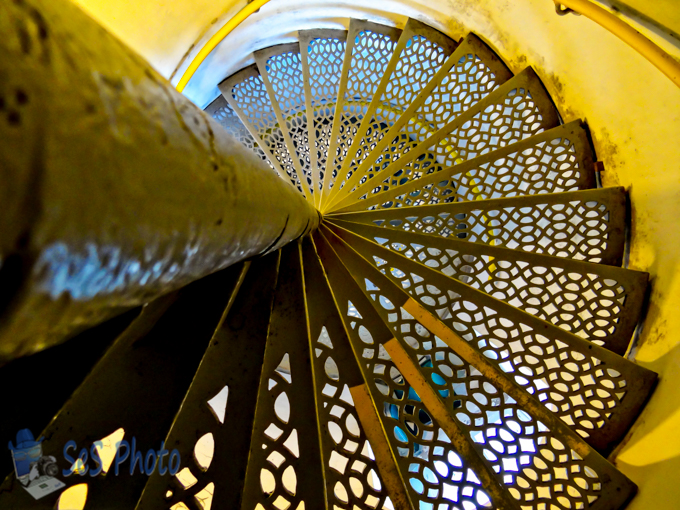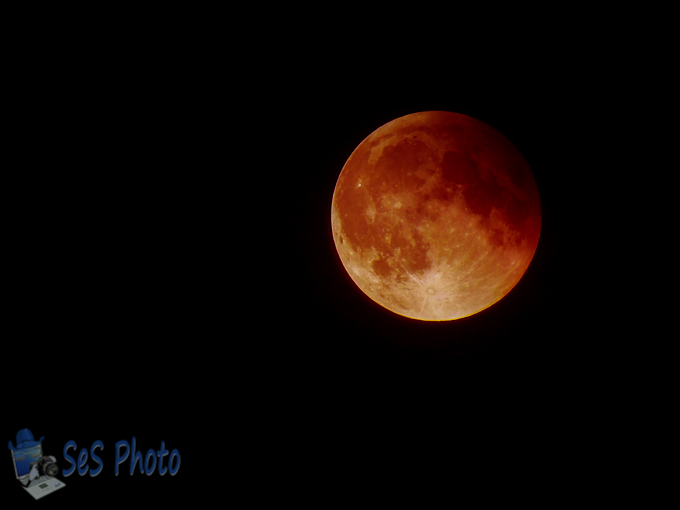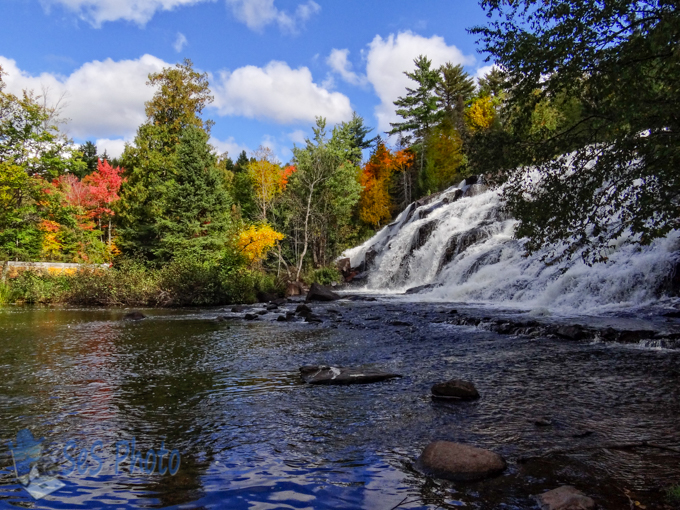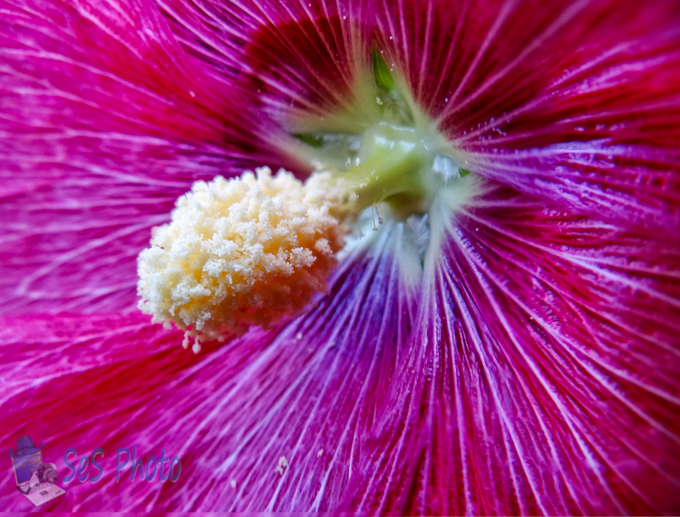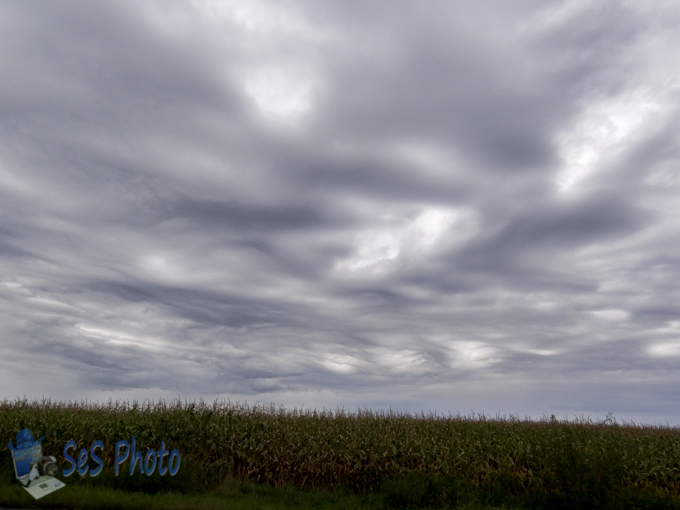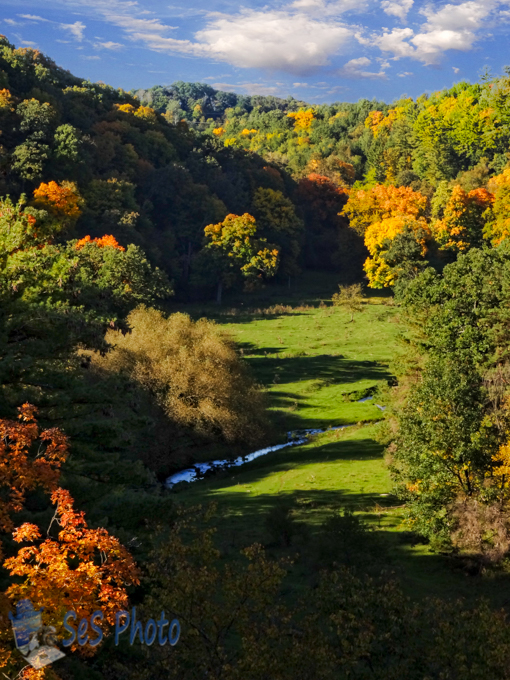The Seul Choix Point Lighthouse took its name from the point called Seul Choix Point, named by French sailors, who found that the protected bay formed by the point was their “only choice” for shelter along that stretch of northern Lake Michigan’s shoreline along the 75 mile stretch, from the Straits of Mackinac to today’s Manistique. The French pronunciation is “Sel-Shwa”, while locally the name is spoken as “Sis-Shwa”.
Seul Choix’s lighthouse, consisting of a stone foundation, brick tower, and metal lantern room, measures seventy-eight feet nine inches from base to ventilator ball, and its third-order Fresnel lens was placed in operation on August 15, 1895 exhibited a fixed red light, varied by a red flash every fifteen seconds, and its beacon was visible for thirteen miles. (A temporary fourth-order light was placed in service on April 15, 1892. The Fresnel lens was replaced in 1972 with a modern rotating airport-type Aerobeacon and the station was automated and abandoned in 1973.)
The lighthouse and keeper house are open to the public, operated by the Gulliver Historical Society, including being able to climb the tower which gives you a good view of the huge limestone shoal which reaches out and cuts through the clear water to almost 100 yards from shore. The shoal plus the land mass of the point itself, which slopes down into the waters of Lake Michigan for nearly three miles, adds up to a very dangerous area for navigators.
Seul Choix Point Lighthouse
A short video showing a 360 view from top of the lighthouse. Some window reflections are in the pictures since I wasn’t sitting up on top of the red ball above the light but was in the lantern room.


